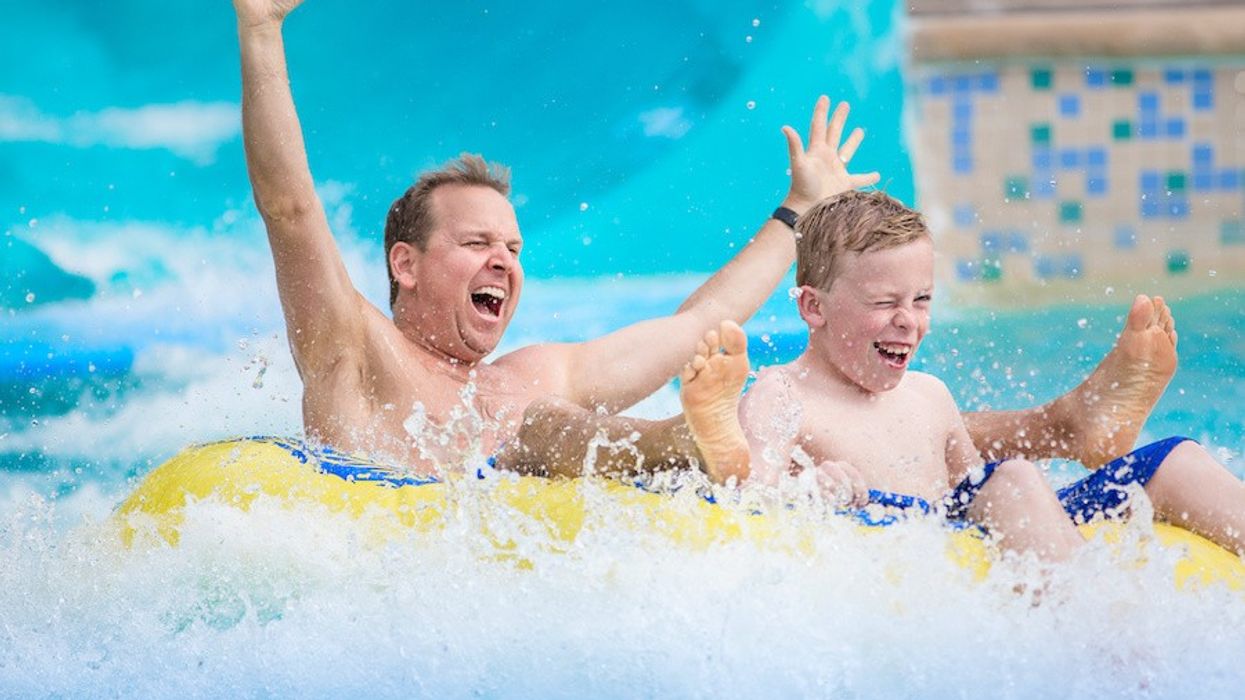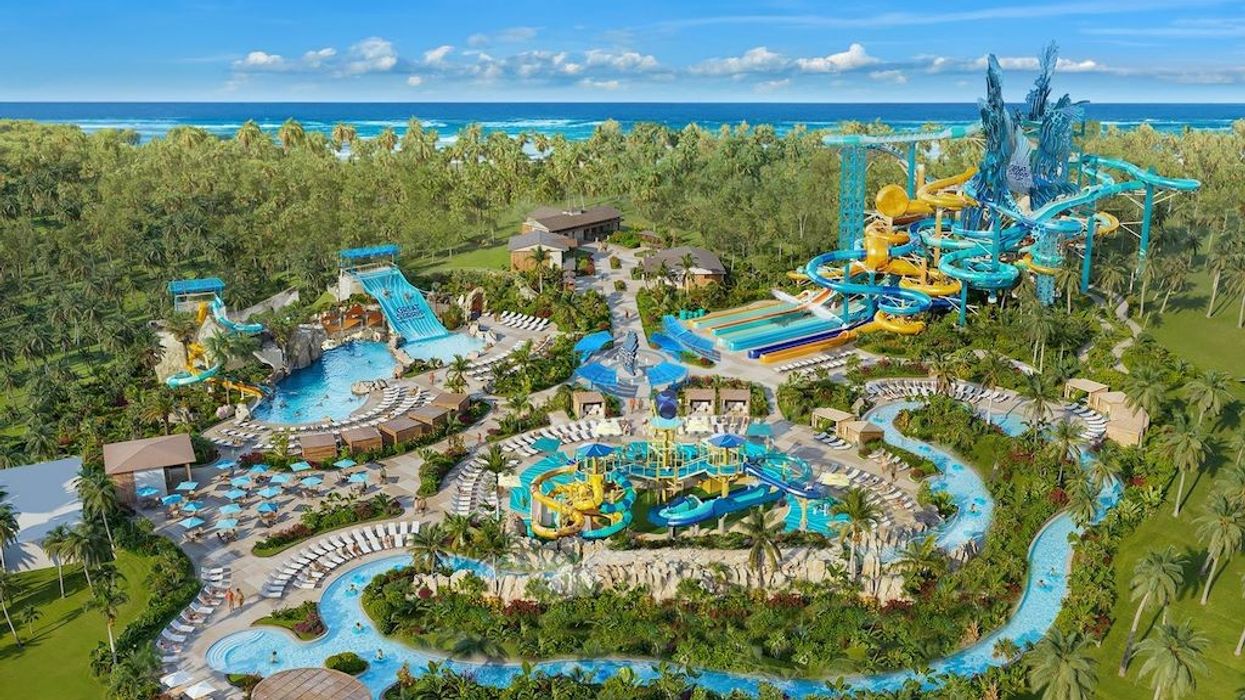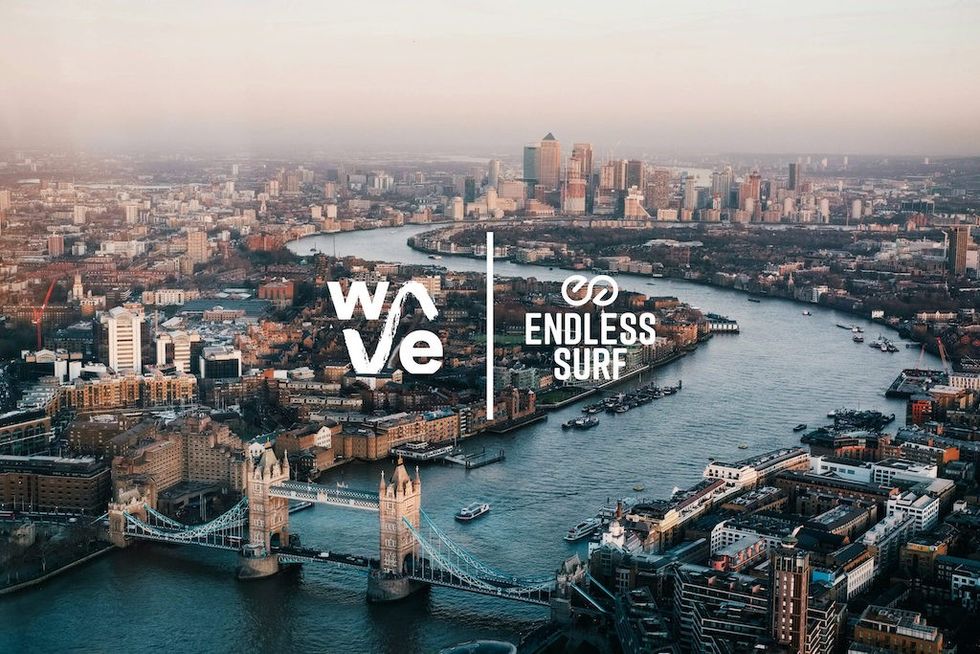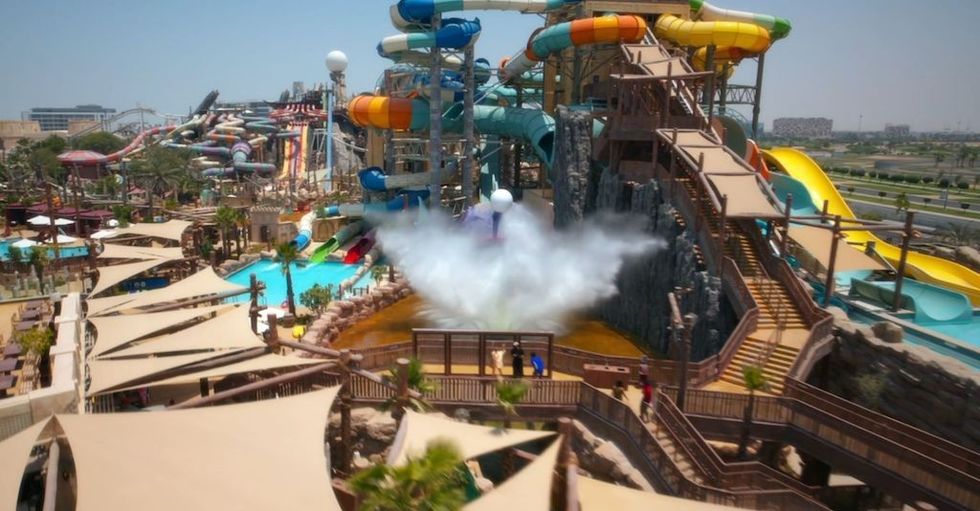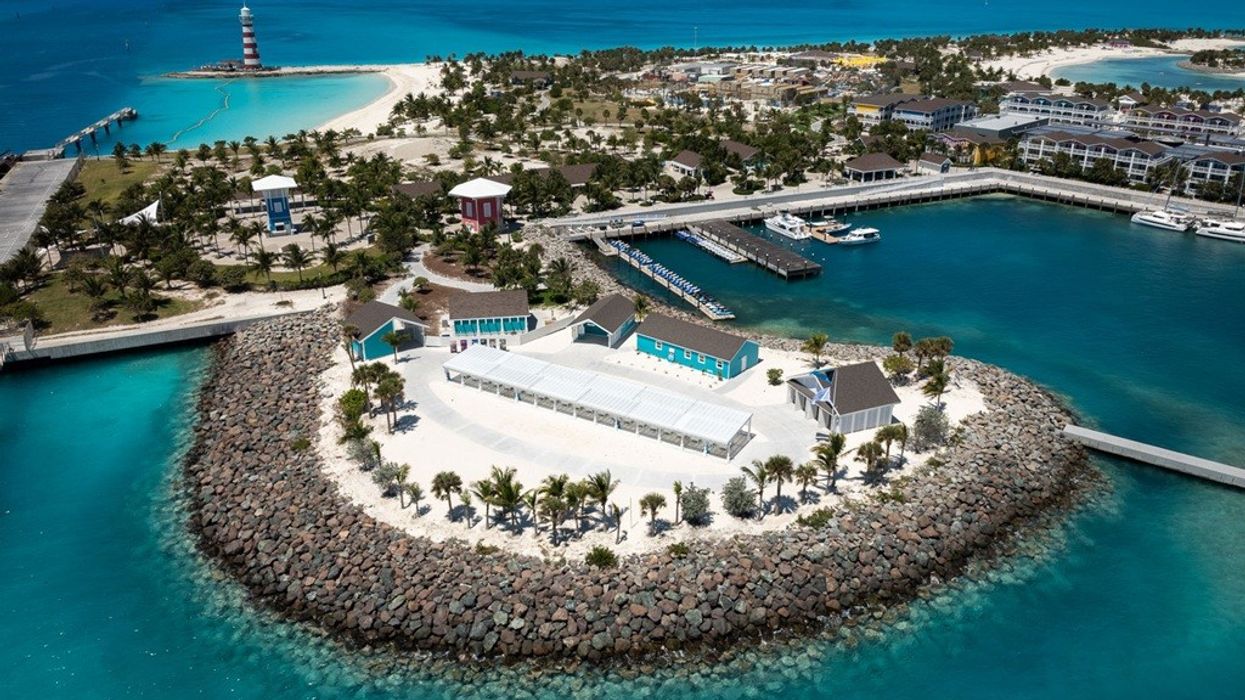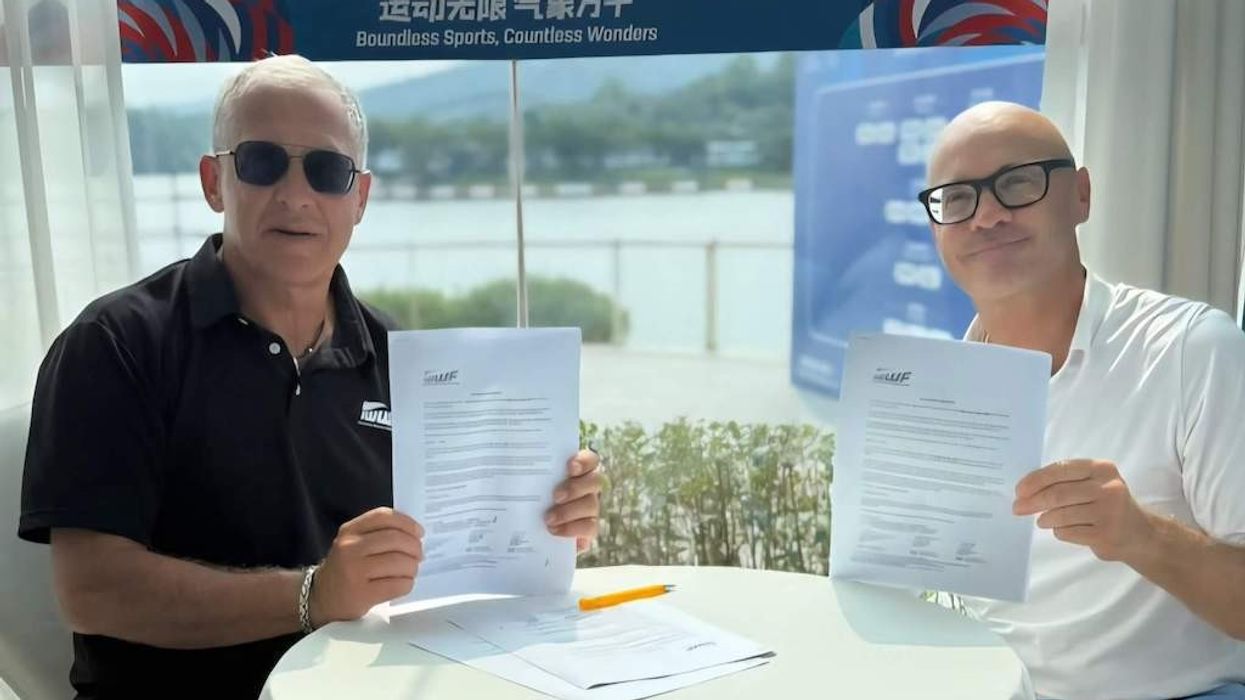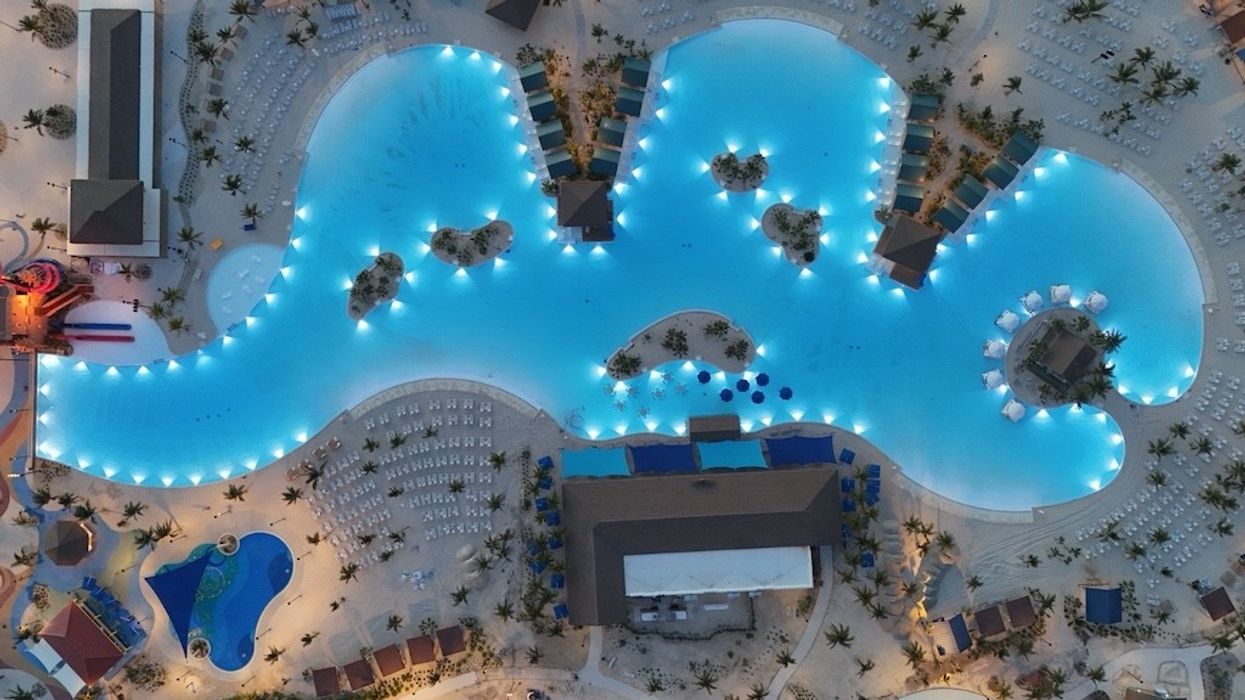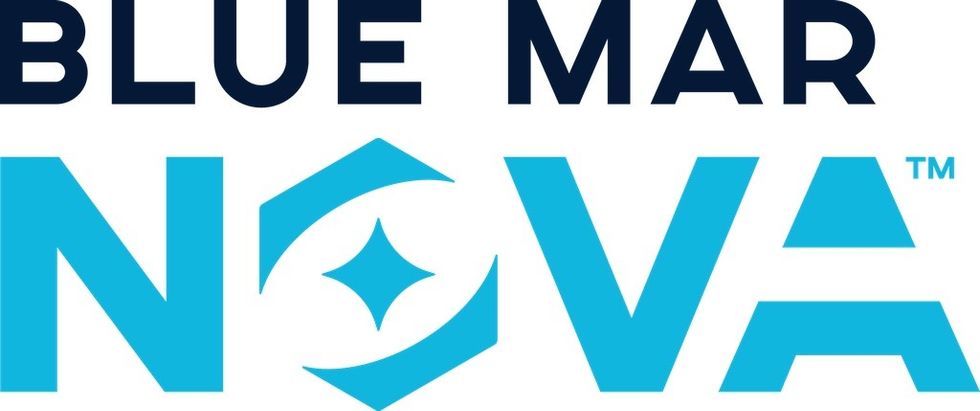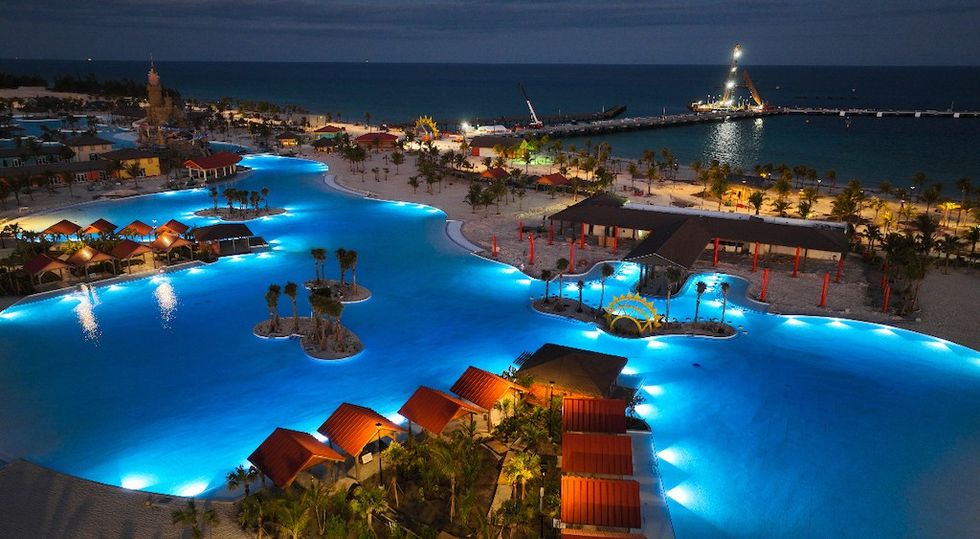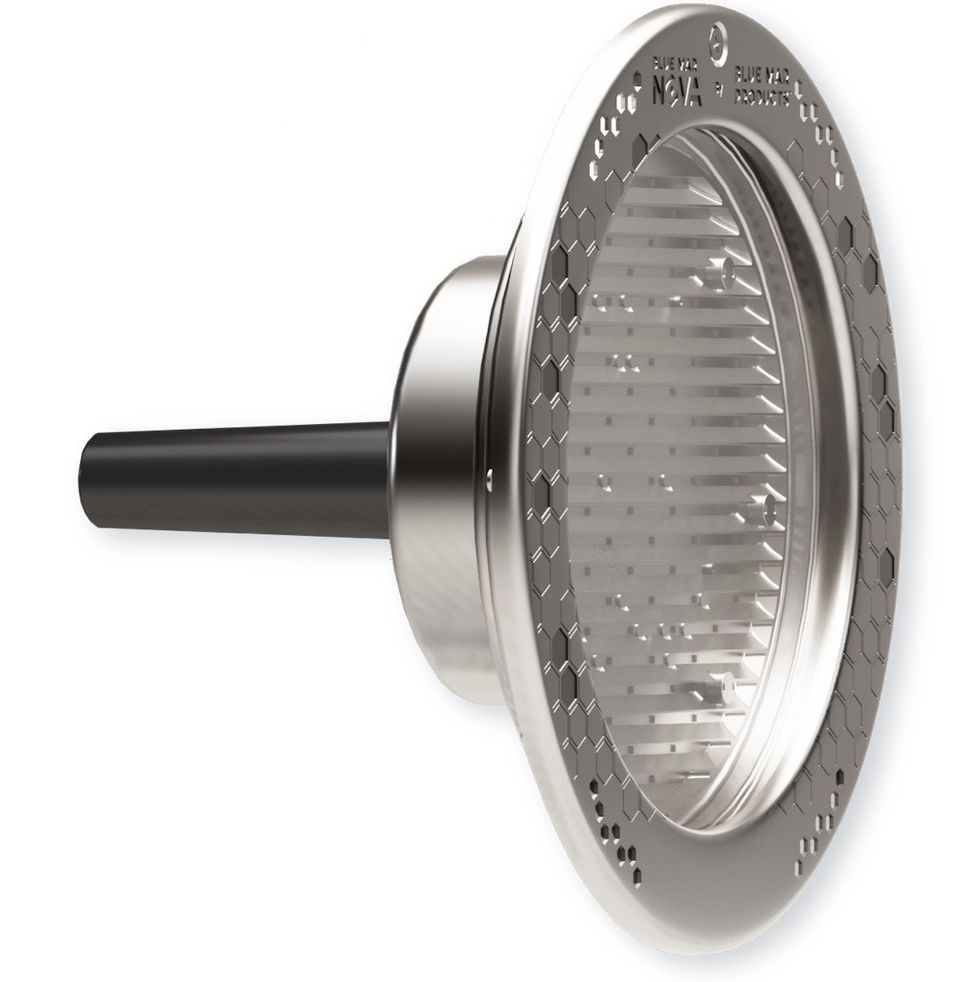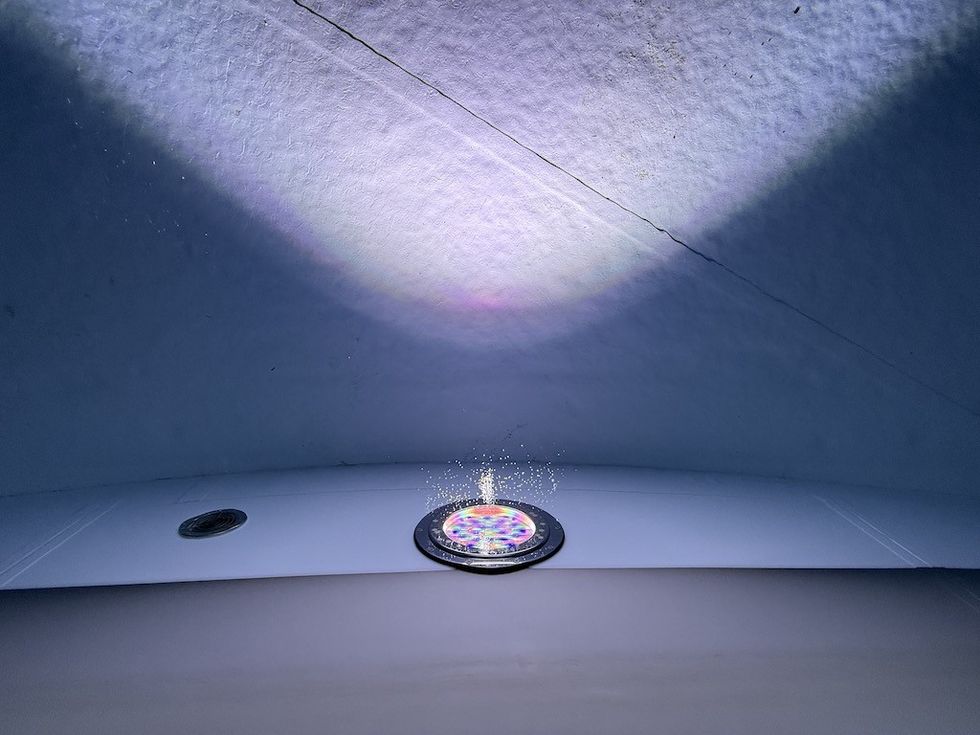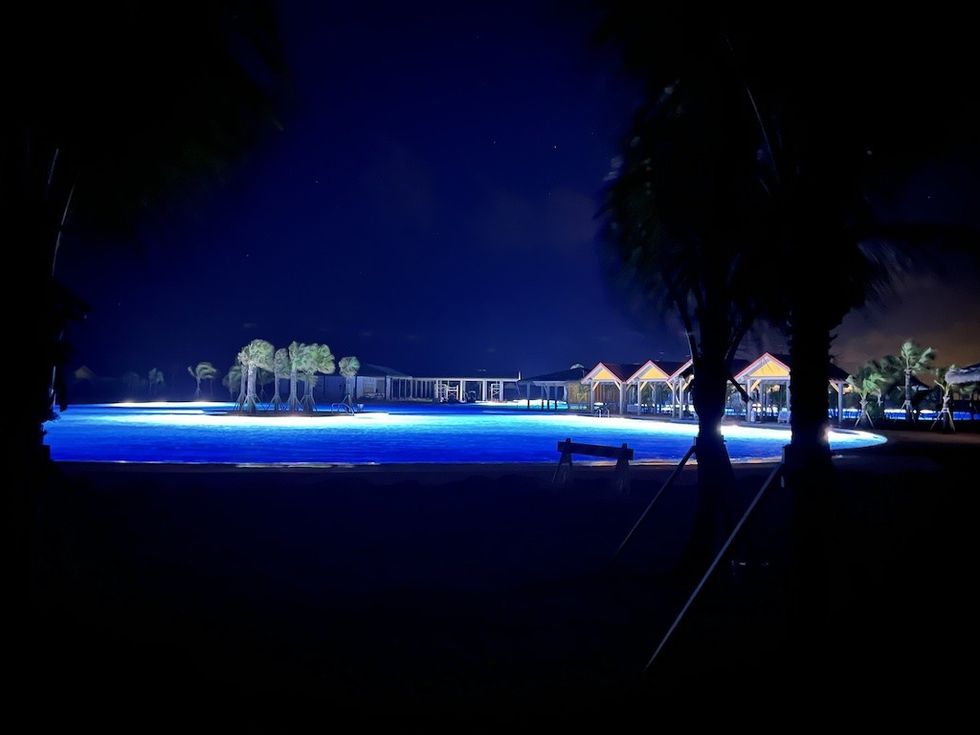Cloward H2O, an expert in aquatic design, has shared insights into surf park design and risk mitigation strategies.
Surf parks have revolutionised the accessibility of surfing by creating inland waves that replicate the thrill of the ocean. However, with these exciting advancements come unique challenges in ensuring user safety.
Designing a surf park involves not only generating the perfect wave but also extensive planning to mitigate risks such as water safety, injury prevention, and structural integrity. These concerns are particularly complex in high-energy surf environments, where safety protocols must be carefully balanced with the exhilaration of powerful waves.
Aquatic engineers and surf park designers must consider several factors when creating a safe environment, including hydrodynamic design, user behaviour, and equipment durability.
1. Structural and mechanical safety
Surf parks use complex machinery to generate waves. Engineers ensure wave-creating systems—whether hydrofoils, pneumatic systems, or plungers—are safe, durable, and reliable.
To mitigate mechanical failures, surf park systems undergo rigorous stress testing. “Regular maintenance and monitoring of these systems are critical,” says Braden Steiner, associate principal at Cloward H2O. “Predictive maintenance technologies, such as IoT sensors and AI-based systems, can detect early signs of wear and tear on key components, helping park operators prevent mechanical malfunctions before they occur.”
The structural design of the park itself is another key focus area. “The materials used in the construction of surf parks must be resilient enough to handle constant water pressure and impact from waves without degrading over time. Reinforced concrete, coated steel, and high-density polyethylene are commonly used to ensure structural integrity.”
Another structural consideration is wave dissipation. “After a wave breaks, the energy it releases must be safely dissipated to prevent dangerous backflow or turbulence. Designers incorporate energy-absorbing structures to reduce the risk of injury caused by unexpected water movement."
2. Safety protocols and emergency systems
No surf park can be considered truly safe without a comprehensive system of safety protocols. This includes a combination of engineering solutions and operational procedures to reduce user risks. Surf parks employ several strategies to maintain a high standard of safety.
Firstly, active supervision is a crucial aspect of safety. “Depending on the size of the surf basin, it may be best to station lifeguards at multiple points around the basin so that clear views and quick access may be achieved throughout the entire surfing area,” says Steiner. “These lifeguards must be trained specifically for high-energy surf environments, which can behave unpredictably compared to traditional pools.”
Some modern surf parks also use automated surveillance systems that track water quality, wave conditions, and crowd density in real time. These systems allow operators to adjust wave settings quickly if dangerous conditions arise or if a swimmer needs assistance. “For example, if wave intensity needs to be reduced due to overcrowding, automated systems can scale back the wave power to lower the risk of accidents.”
Surf park machinery is typically equipped with emergency shutoff systems that can immediately stop wave generation if a swimmer is distressed or if mechanical issues are detected. “These shutoffs ensure that waves stop moving until the issue is resolved, preventing further harm.”
3. Injury prevention: surfboard and body safety
Injury prevention is a primary concern for any surf park operator. The high-energy environment of a surf park, combined with the use of surfboards, can lead to various injuries ranging from minor scrapes to more serious accidents. To address this, designers and operators focus on several key areas.
For instance, many surf parks now provide soft-topped boards to reduce the risk of injury. “These boards are designed with softer materials less likely to cause harm in a collision. In some beginner-focused surf parks, only soft-top boards are allowed, minimising the chances of impact-related injuries.”
Wipeouts are a regular occurrence in surfing, but in a confined space like a surf park, they can be more dangerous if surfers are too close to one another or to park structures. “Engineers mitigate this risk by designing wipeout zones—specific areas where waves are engineered to dissipate safely, allowing surfers to fall without the risk of hitting hard surfaces.”
For advanced waves, particularly those used for competitions or professional training, safety gear such as helmets and impact vests is becoming more common. “These measures help protect surfers from head injuries and other impact-related traumas, especially in larger wave settings,” says Steiner.
4. Water quality and health risks
Maintaining high water quality ensures that surf parks remain safe for users. Poor water quality can lead to various health issues, from skin infections to more severe illnesses caused by harmful bacteria or chemicals. It is essential for surf parks to invest in advanced water filtration and treatment technologies to keep the water clear for visibility and free from harmful bacteria.
“Ozone-based systems neutralise bacteria, viruses, and other pathogens without leaving harmful by-products. In addition, continuous water quality monitoring ensures that water remains within safe parameters throughout the day,” says Steiner.
“Surf parks must also comply with various environmental water use and management regulations. Regulatory requirements often vary by location but generally focus on the responsible use of water, wastewater treatment, and the protection of local ecosystems.”
Compliance with these regulations is essential for obtaining permits and ensuring the park's long-term sustainability.
The future of safe surf parks
According to Cloward H2O, safe surf environments require an interdisciplinary approach combining hydrodynamics, mechanical engineering, structural design, and proactive safety measures. As surf parks evolve, their safety protocols and risk mitigation strategies must keep pace with technological advancements.
From wave control systems that adapt to user needs to advanced water filtration technologies, surf park safety is becoming more sophisticated and integrated. “With the continued efforts of aquatic engineers and designers, the surf parks of the future will not only offer thrilling wave experiences but will also set new standards for user safety.”
Cloward H2O recently worked on a project for Homestead Resort in Utah, which reimagined the historical site to offer modern luxury.
Charlotte Coates is blooloop's editor. She is from Brighton, UK and previously worked as a librarian. She has a strong interest in arts, culture and information and graduated from the University of Sussex with a degree in English Literature. Charlotte can usually be found either with her head in a book or planning her next travel adventure.
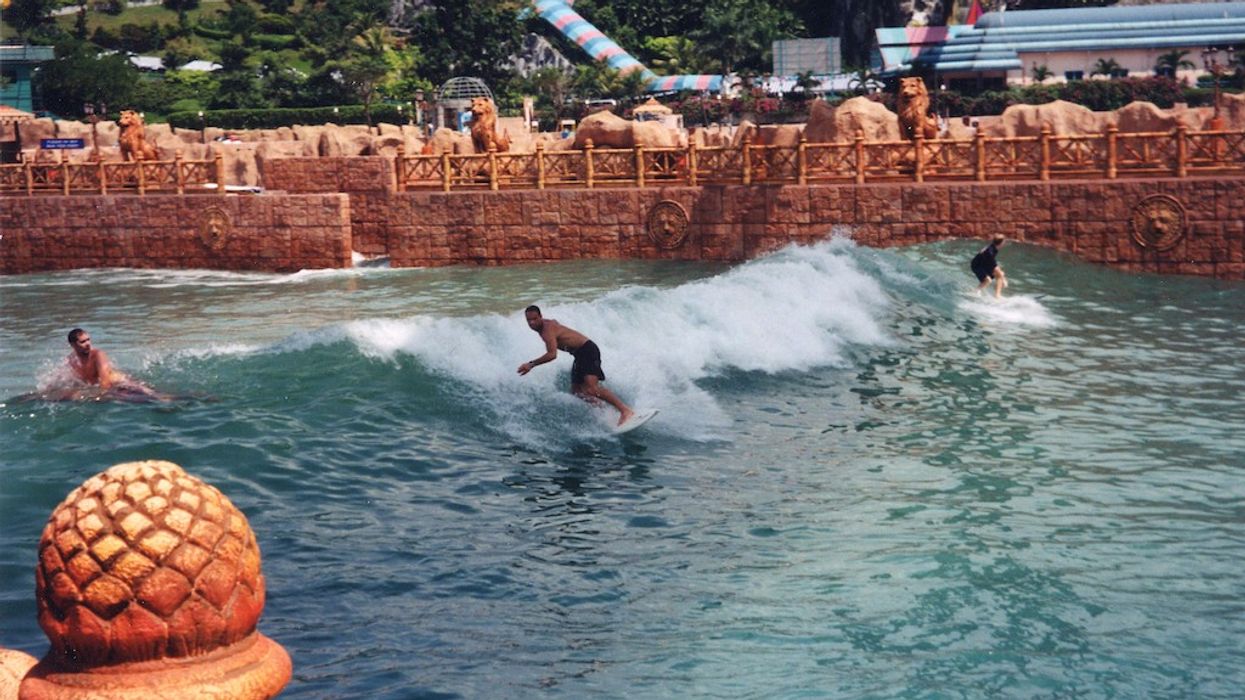

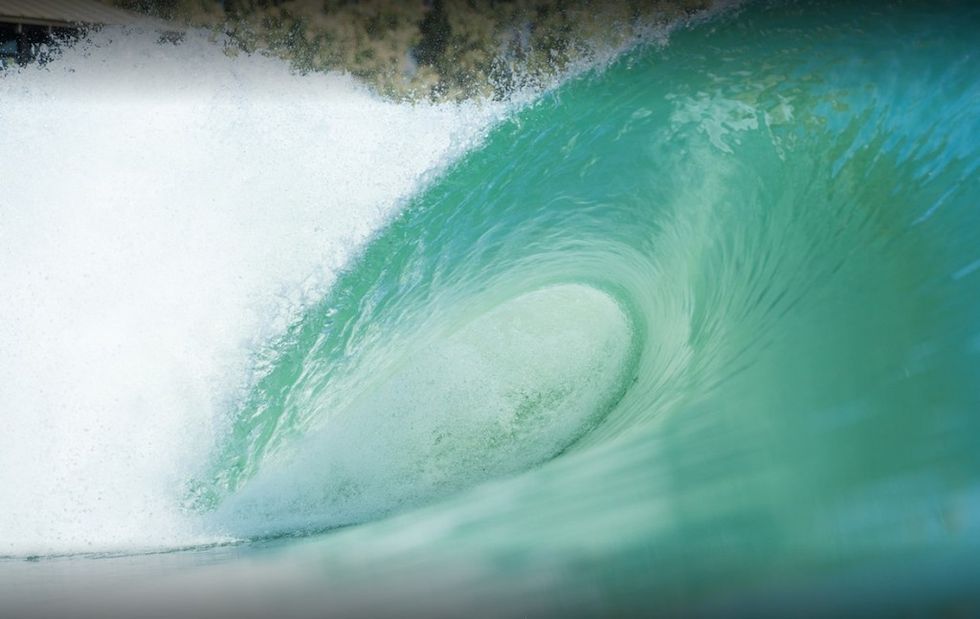
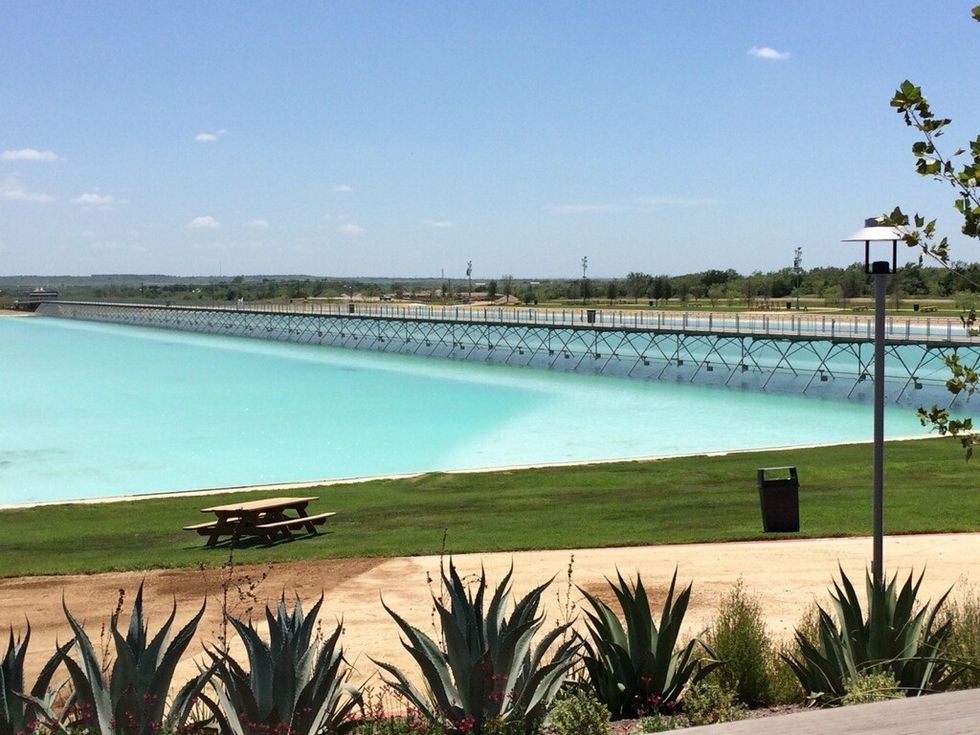
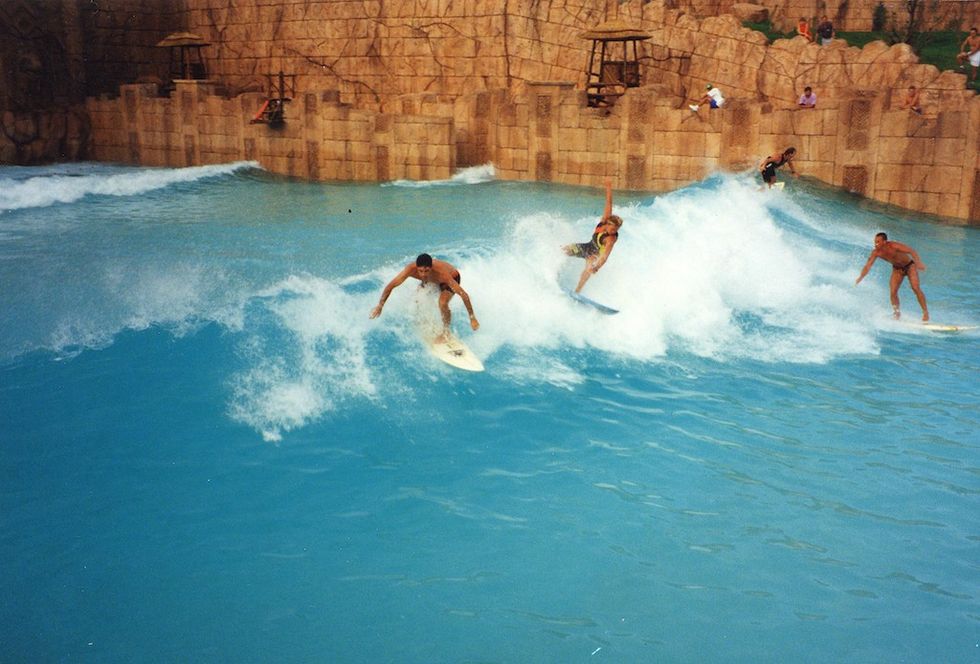

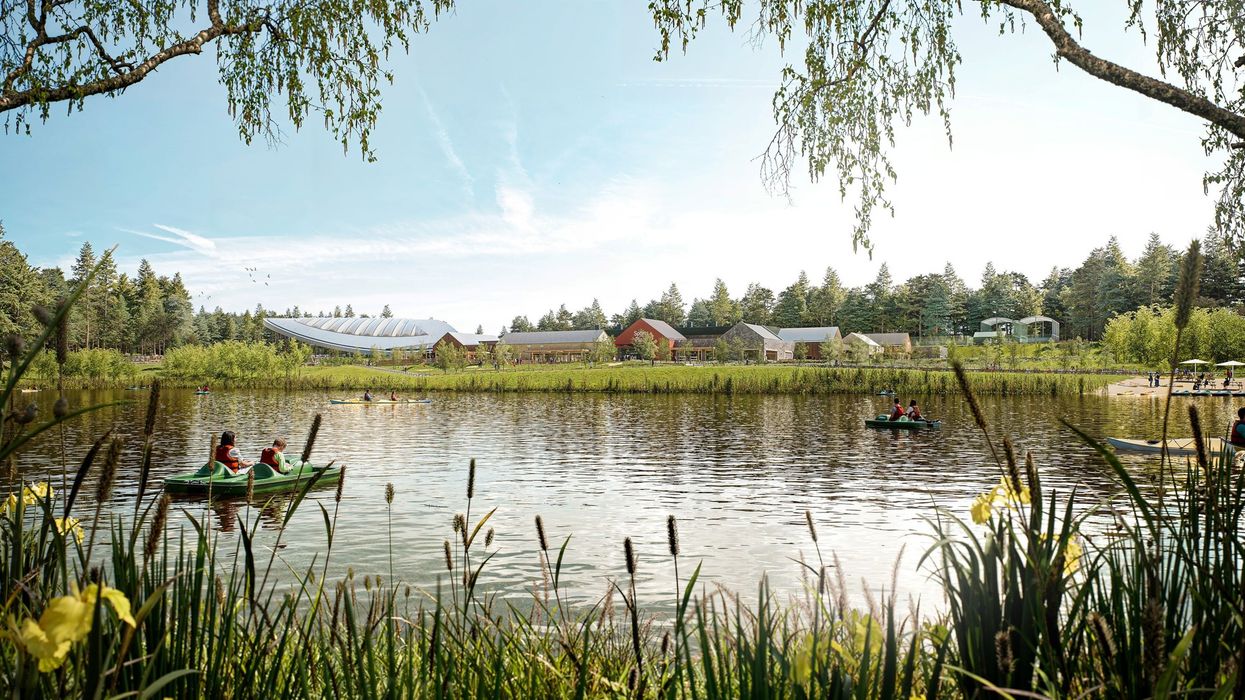
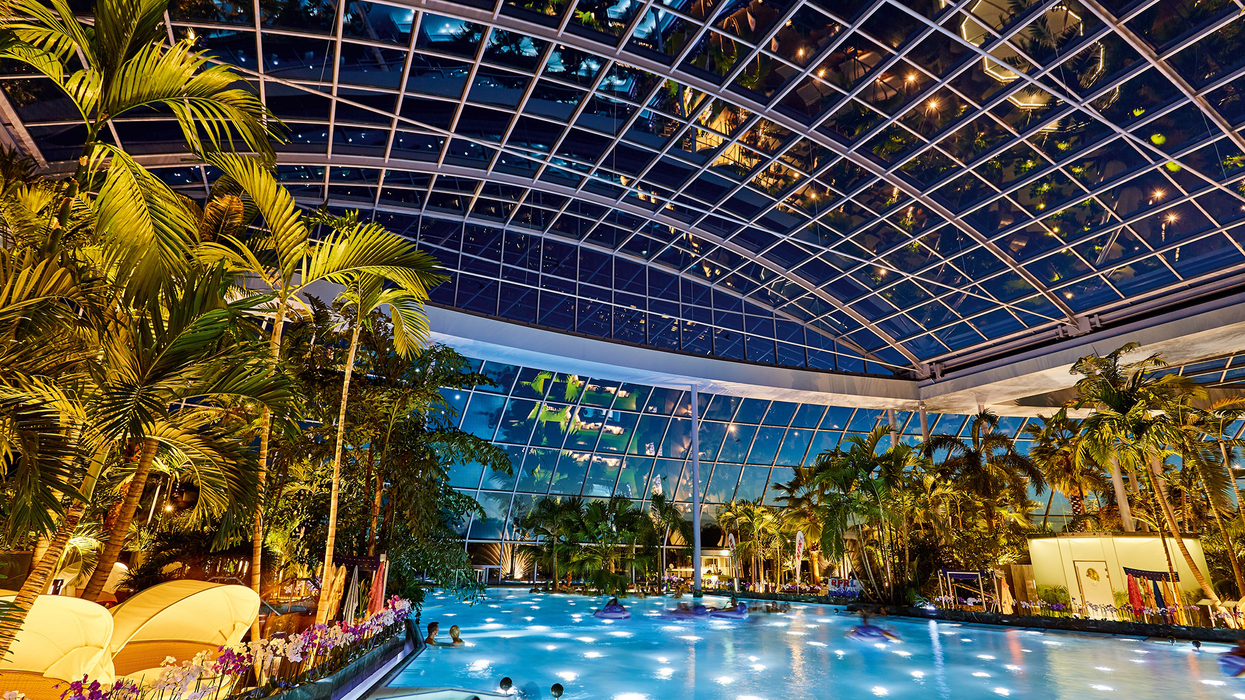
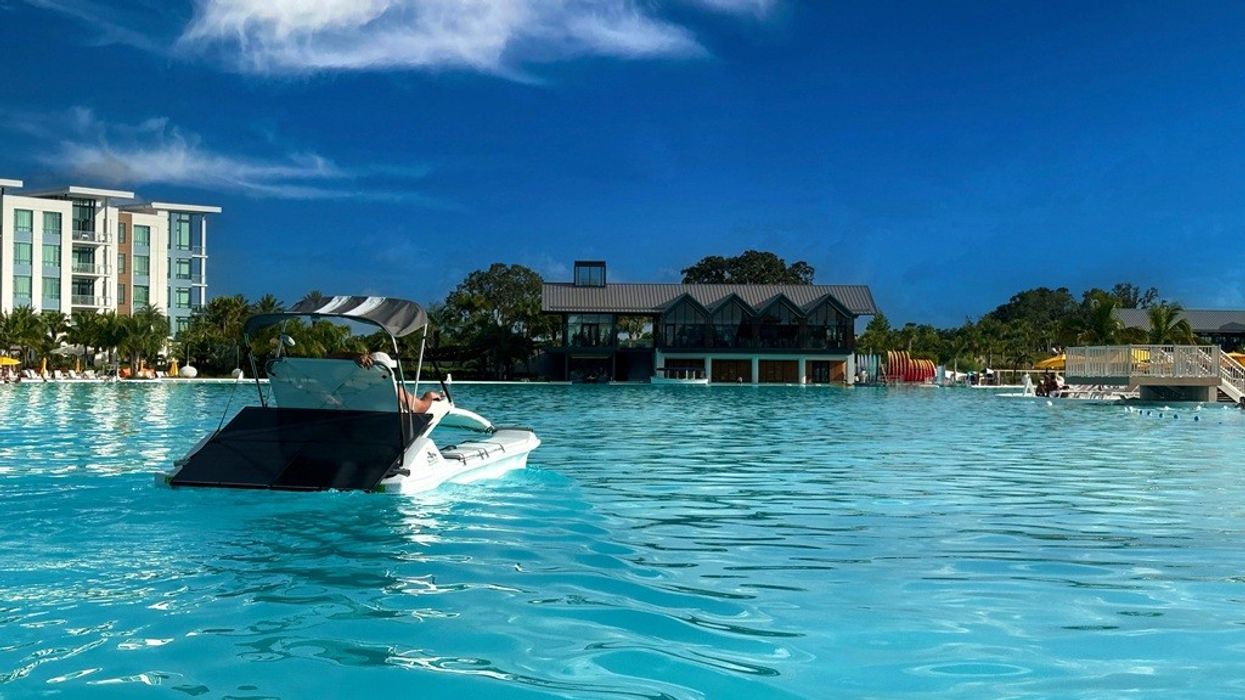


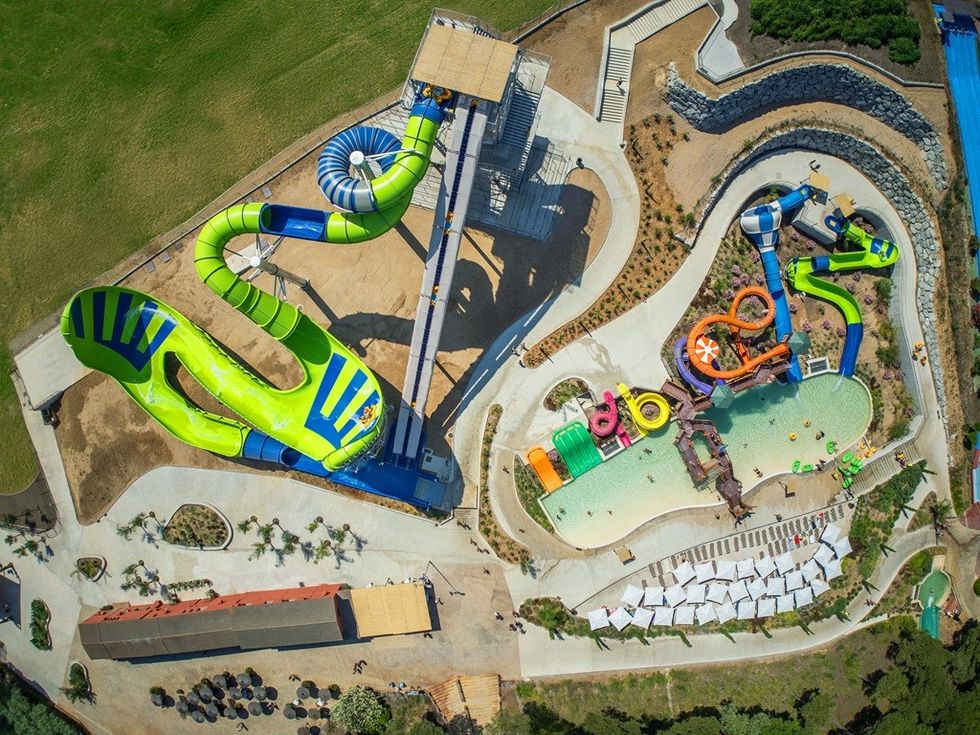 Water World, Lloret de Mar
Water World, Lloret de Mar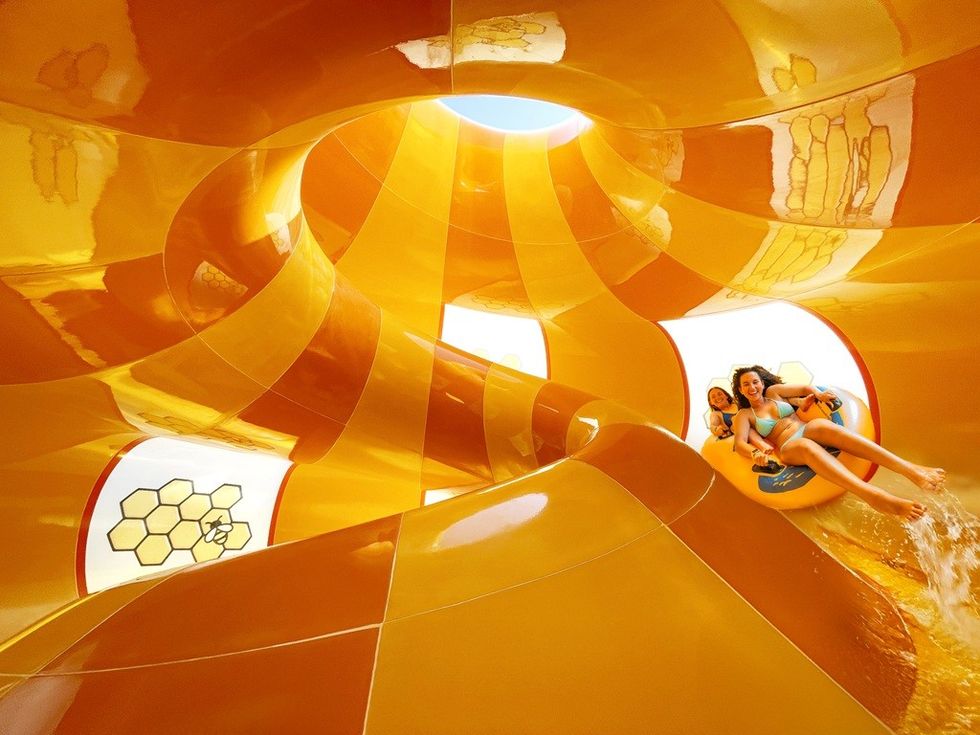 HIVE 20 by ProSlide at Zoombezi Bay
HIVE 20 by ProSlide at Zoombezi Bay


